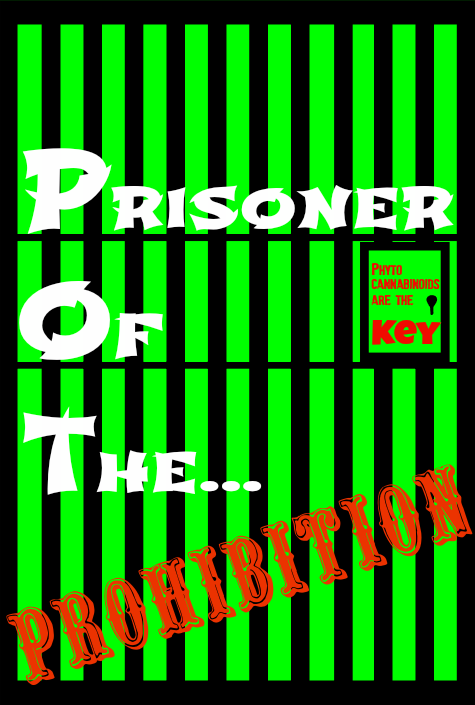Effects of endocannabinoid and endovanilloid systems on aversive memory extinction
- Daniela Laricchiutaa, b,
 ,
,  ,
, - Diego Centonzea, c,
 ,
, - Laura Petrosinia, b,

- a I.R.C.C.S. Santa Lucia Foundation, Via del Fosso di Fiorano 64, 00143, Rome, Italy
- b Department of Psychology, Faculty of Medicine and Psychology, University “Sapienza” of Rome, via dei Marsi 78, 00185, Rome, Italy
- c Neurological Clinic, Department of Neuroscience, Tor Vergata University, Via Oxford 81, 00133, Rome, Italy
Highlights
- •
-
CB1 receptor antagonist blocked extinction process in contextual fear conditioning.
- •
-
TRPV1 channel antagonist favored short-term extinction of aversive memories.
- •
-
ECS activation influenced the extinction process of fear memories.
- •
-
ECS activation contrasted the stress effects on fear memory.
Abstract
In contextual fear conditioning animals have to integrate various elemental stimuli into a coherent representation of the condition and then associate context representation with punishment. Although several studies indicated the modulating role of endocannabinoid system (ECS) on the associative learning, ECS effect on contextual fear conditioning requires further investigations. The present study assessed the effects of the increased endocannabinoid anandamide (AEA) tone on acquisition, retrieval and extinction of the contextual fear conditioning. Given that AEA may bind to cannabinoid type 1 (CB1) receptors as well as to postsynaptic ionotropic Transient Receptor Potential Vanilloid type 1 (TRPV1) channels, particular attention was paid in determining how the increased AEA tone influenced fear responses. Furthermore, it was investigated how the ECS modulated the effects of stress-sensitization on fear response. Thus, mice submitted or not to a social defeat stress protocol were treated with drugs acting on ECS, CB1 receptors or TRPV1 channels and tested in a contextual fear conditioning whose conditioning, retrieval and extinction phases were analyzed. ECS activation influenced the extinction process and contrasted the stress effects on fear memory. Furthermore, CB1 receptor antagonist blocked and TRPV1 channel antagonist promoted short- and long-term extinction. The present study indicates that ECS controls the extinction of aversive memories in the contextual fear conditioning.
Abbreviations
- ECS, endocannabinoid system;
- AEA, anandamide;
- CB1, cannabinoid type 1;
- TRPV1, postsynaptic ionotropic transient receptor potential vanilloid type 1;
- 2-AG, 2-arachidonyl-glycerol;
- FAAH, fatty acid amide hydrolase;
- US, unconditioned stimulus;
- CS, conditioned stimulus;
- ST, short-term;
- LT, long-term;
- VHL, vehicle;
- i.p., intraperitoneally
Keywords
- CB1 receptor;
- TRPV1 channel;
- Fear relief;
- Mice;
- Contextual fear conditioning
Figures and tables from this article:
- Fig. 1. URB597 effects on contextual fear conditioning. Among all groups freezing times were similar in conditioning and retrieval phases and increased between conditioning and retrieval phases. URB597 treatment influenced the short-term (ST) extinction process. In fact, URB and VHL/URB groups showed freezing times significantly (*P < 0.05) shorter than URB/VHL and VHL groups. All animals exhibited similar freezing times during the long-term (LT) extinction phase.
- Fig. 2. Effect of drugs acting on CB1 receptors and TRPV1 channels on contextual fear conditioning. Among all groups freezing times were similar in conditioning and retrieval phases and increased between conditioning and retrieval phases. During the short-term (ST) extinction phase, URB + AM, AM + VHL and VHL + VHL groups showed freezing times higher than URB + VHL, URB + I-RTX and I-RTX + VHL groups (*P < 0.05; **P < 0.005). During the long-term (LT) extinction phase, AM + VHL group showed freezing times higher than URB + VHL, URB + I-RTX, I-RTX + VHL and VHL + VHL groups (*P < 0.05).
- Fig. 3. URB597 effects on stress-related consequences on contextual fear conditioning. Among all groups freezing times were similar in conditioning and retrieval phases and increased between conditioning and retrieval phases. In short-term (ST) extinction phase, NO STRESS + URB group showed freezing times significantly (*P < 0.05) shorter than those of NO STRESS + VHL, STRESS + VHL and STRESS + URB groups. In long-term (LT) extinction phase, STRESS + VHL group showed freezing times significantly (*P < 0.05) higher than those of STRESS + URB groups.
Copyright © 2013 Published by Elsevier B.V.
Although uncorrected proofs do not have all bibliographic details available yet, they can already be cited using the year of online publication and the DOI, as follows: author(s), article title, journal (year), DOI. Please consult the journal’s reference style for the exact appearance of these elements, abbreviation of journal names and use of punctuation.
When the final article is assigned to an issue of the journal, the Article in Press version will be removed and the final version will appear in the associated published issue of the journal. The date the article was first made available online will be carried over.






